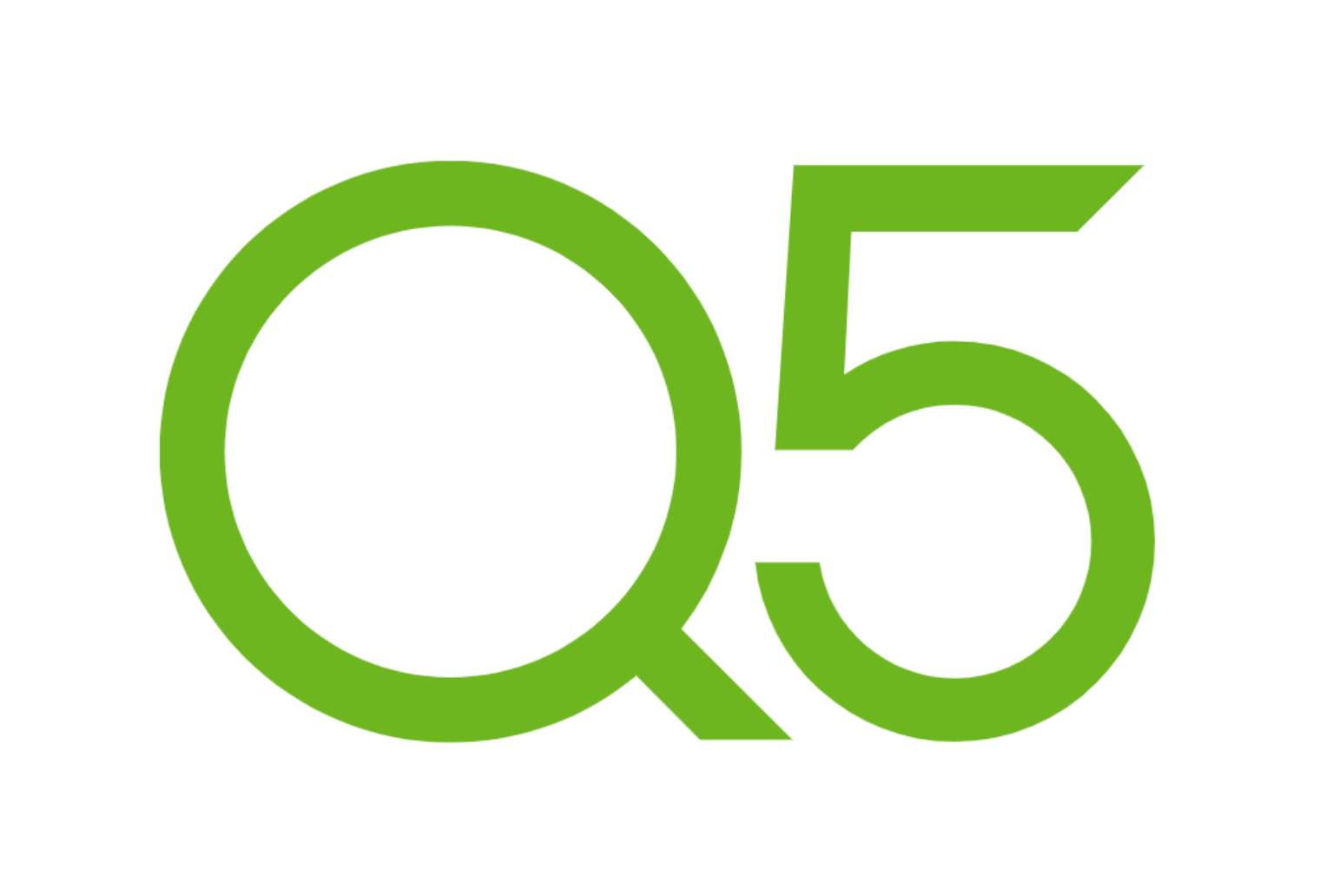At Q5, we constantly challenge ourselves to push the boundaries of what we can achieve with our clients – and with every breakthrough comes new learnings, that we bring back in-house and cross-pollinate across our clients.
Our recent work on Systems Leadership has presented a new perspective on organisational design, that could fundamentally reshape how government departments work to operationalise and deliver on policy objectives.
Policy is often highly disjointed from operational realities; making them actually work on the ground becomes overly difficult, detracting from the intended result. What’s needed is holistic thinking that joins up areas of work into a single view of end-to-end direction, driving activity through functions. This means seamless working, from Strategy, Planning, Design, Portfolio Management, Operational Performance, Insights, Risk & Assurance, and Issues Management. It means leadership can truly measure performance, from ideation through to execution.
Q5 recently worked with a large central government department to design a Systems Leadership capability, bringing together policy and delivery players in new ways of working with robust communication and connection. This means going beyond aggregation and coordination, allowing joint teams to proactively seek out opportunities, challenges, duplication and overlap.
Collaboration was absolutely essential to success, setting the tone for cohesive, silo-less working.
Through 40 workshops, we define roles and vision and explored interfaces with cross-functional design teams. This led to an operating model that visually illustrates the delivery of work, alongside structures, ways of working, and a plan to get there. We agreed on where activities sit, how they should be delivered and how the business areas should operate together as a whole.
The benefits are undeniable. Reducing conflict means work can hop across siloes, fully aligning once fragmented activity. Risks are clearer and more easily mitigated, ultimately improving the customer journey. It’s possible to achieve shared ownership, through true collaboration.
Ambitions become transparent, clear and visible to all involved parties, connecting, engaging and motivating teams to achieve tangible goals. There is one, completely consistent view, with a single point of contact. This heightened clarity enables resources to be deployed effectively, resulting in a highly coordinated response to crises.
What are the challenges? Some parties might fear losing control of resources, like staff and funding.
There might be concern around the ability to influence priorities, or a land grab through a misunderstood attempt to centralise. Oversimplifying for the sake of it can mask unavoidable complexities and varying stakeholders, ultimately undermining efforts. There might be a perceived need to maintain “closeness” with the operational business, to understand and apply on-the-ground activities. Behind all of this is a general, overarching resistance to change.
What needs thinking through to make this work? Firstly, teams need to be in control and empowered to define shared goals, interests, and language. Work needs to be collaborative and inclusive, allowing all parties to contribute and feel heard. Fully embedding new ways of working and culture, through team-led ownership, is vital.
Leaders need to set the direction and champion change to all parties, with a focus on a broad scope, not narrow activities. Most of all, everyone needs persuading on the benefits. This kind of change needs maximum buy-in.
We are all about organisational health, which separates good organisations from the great. Whether our clients are at the top of their game (and want to remain there) or are in ‘turnaround’ mode, we all need to work on our organisational health.
Whatever the situation, be it a strategic conundrum, a market opportunity, or an operational gripe, we combine the art and science of organisational health to help our clients improve and excel.
Please visit the firm link to site



